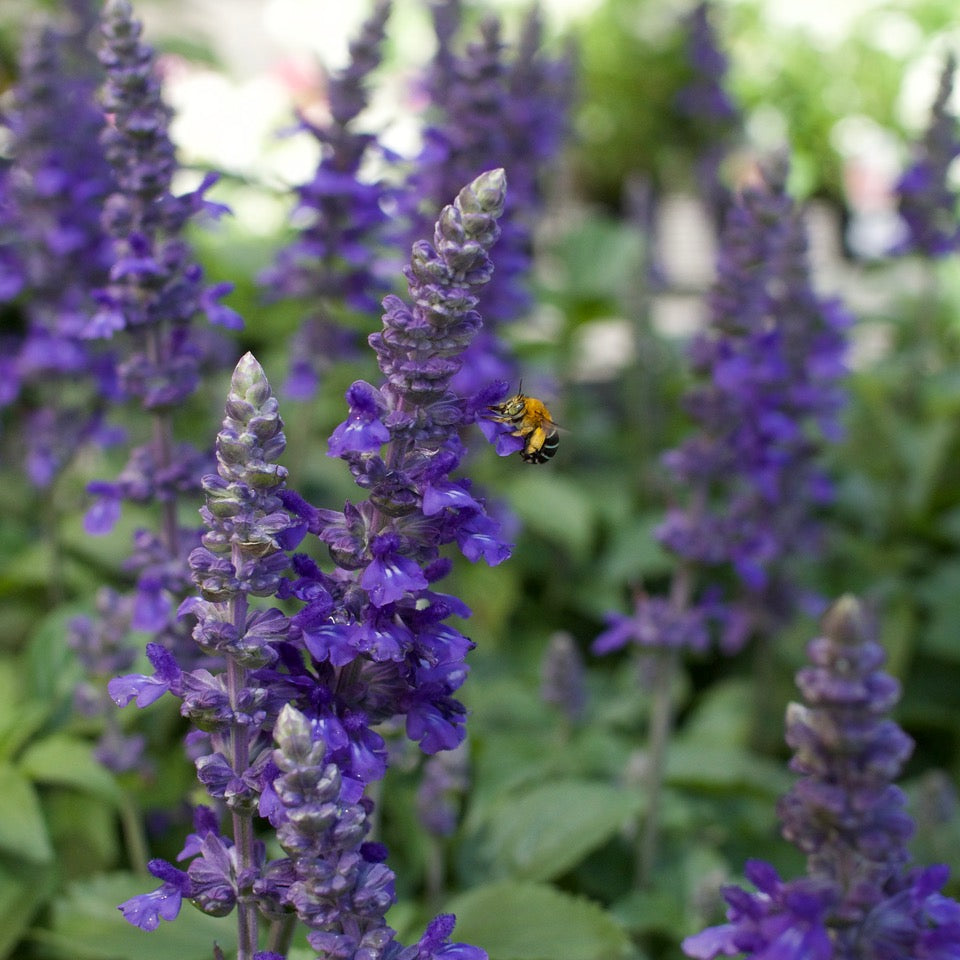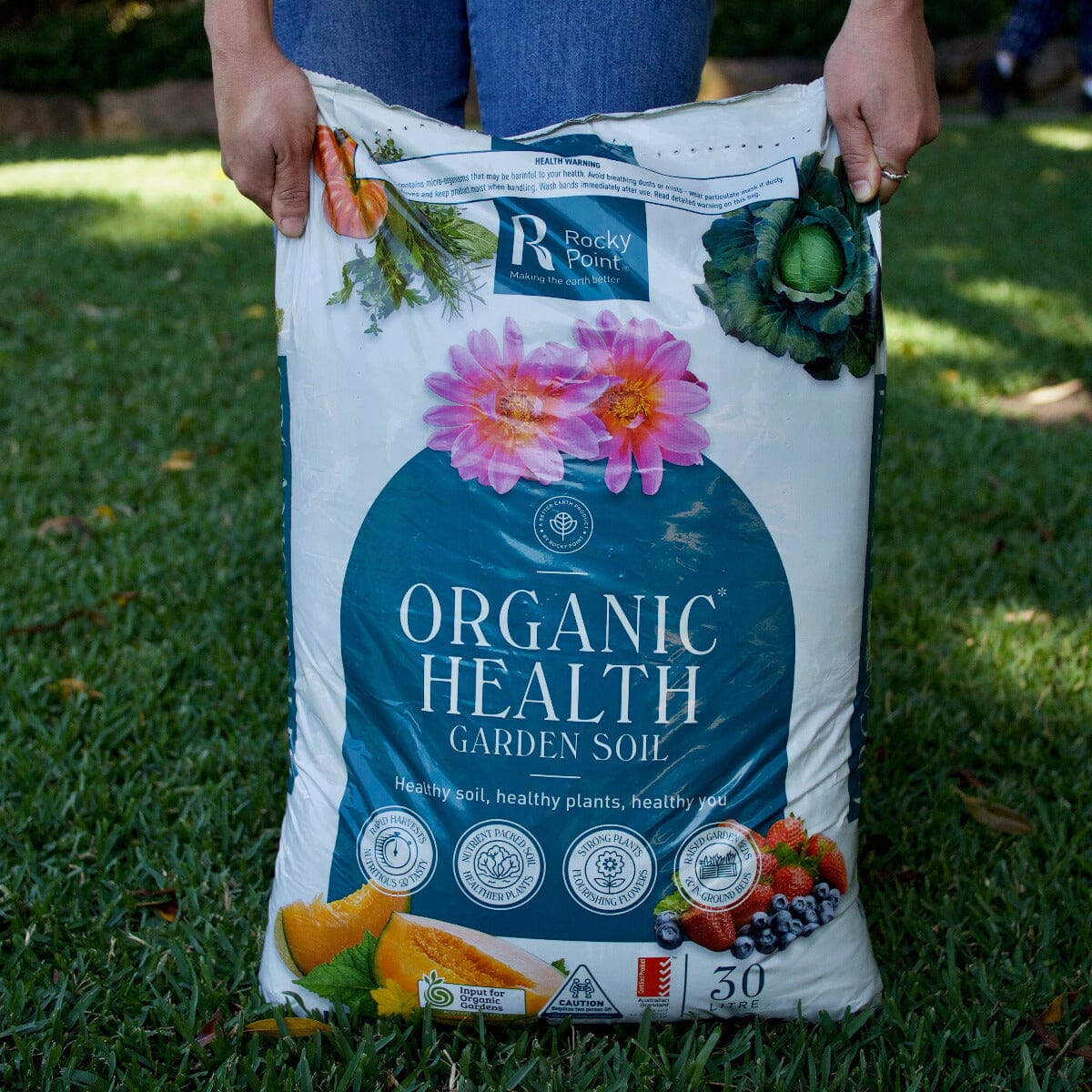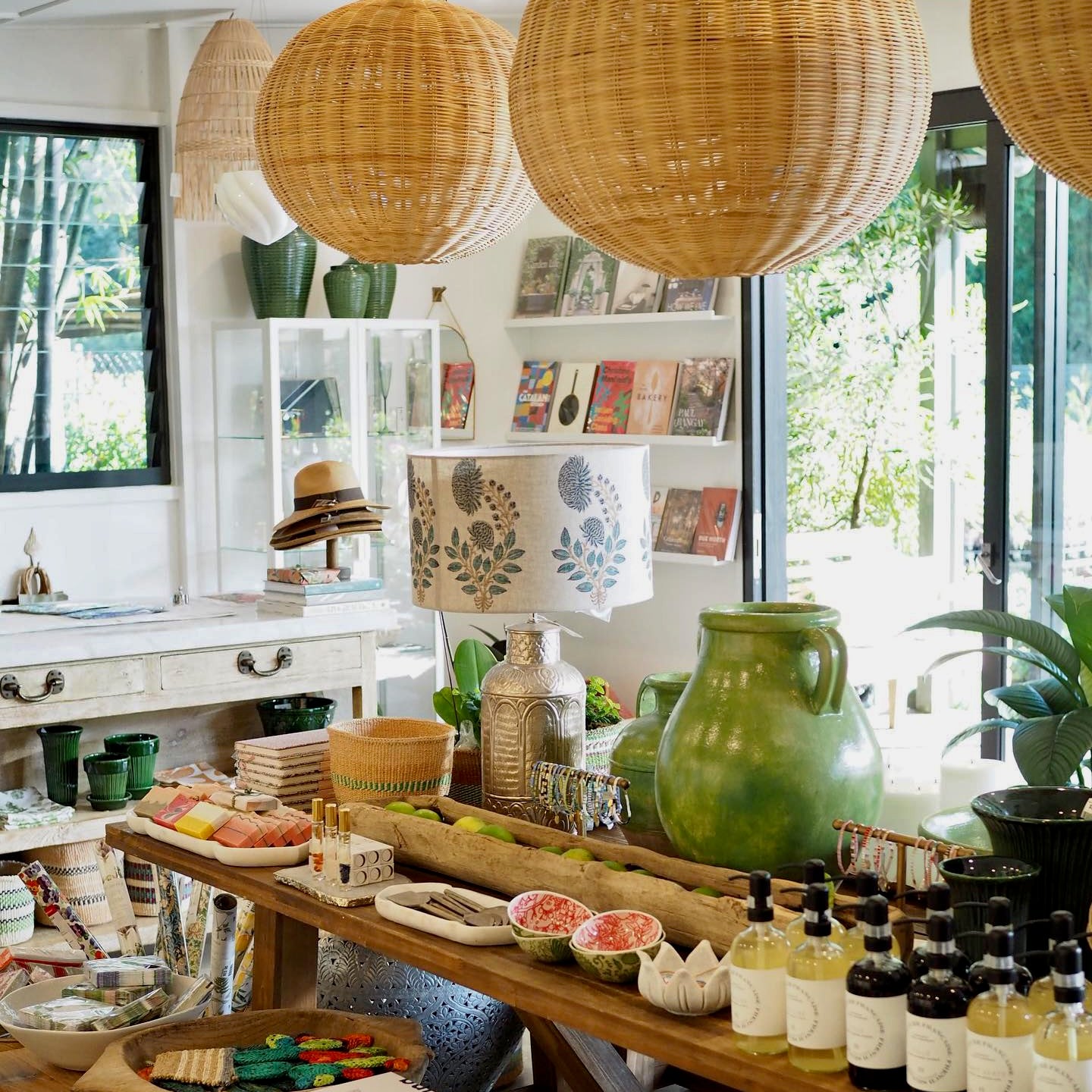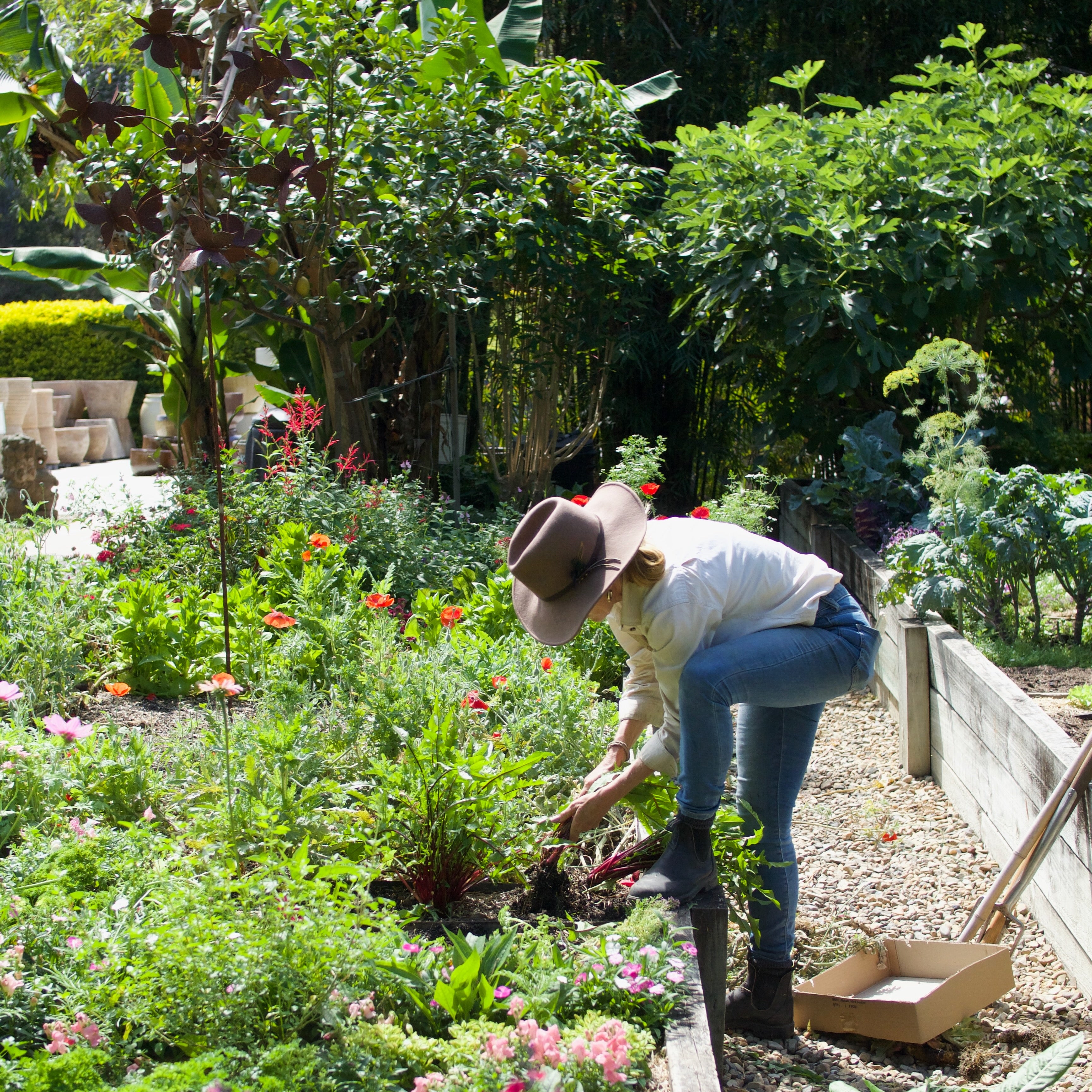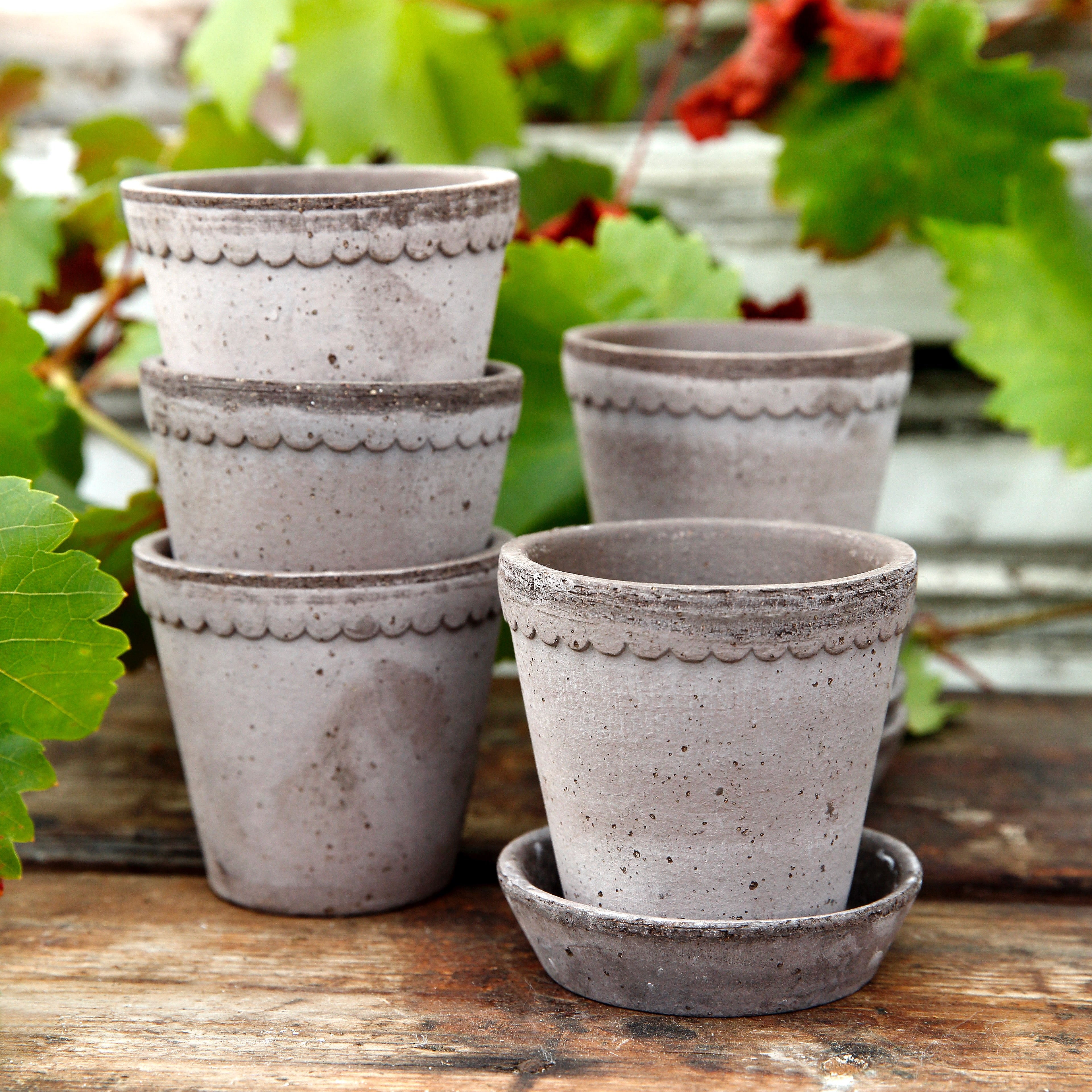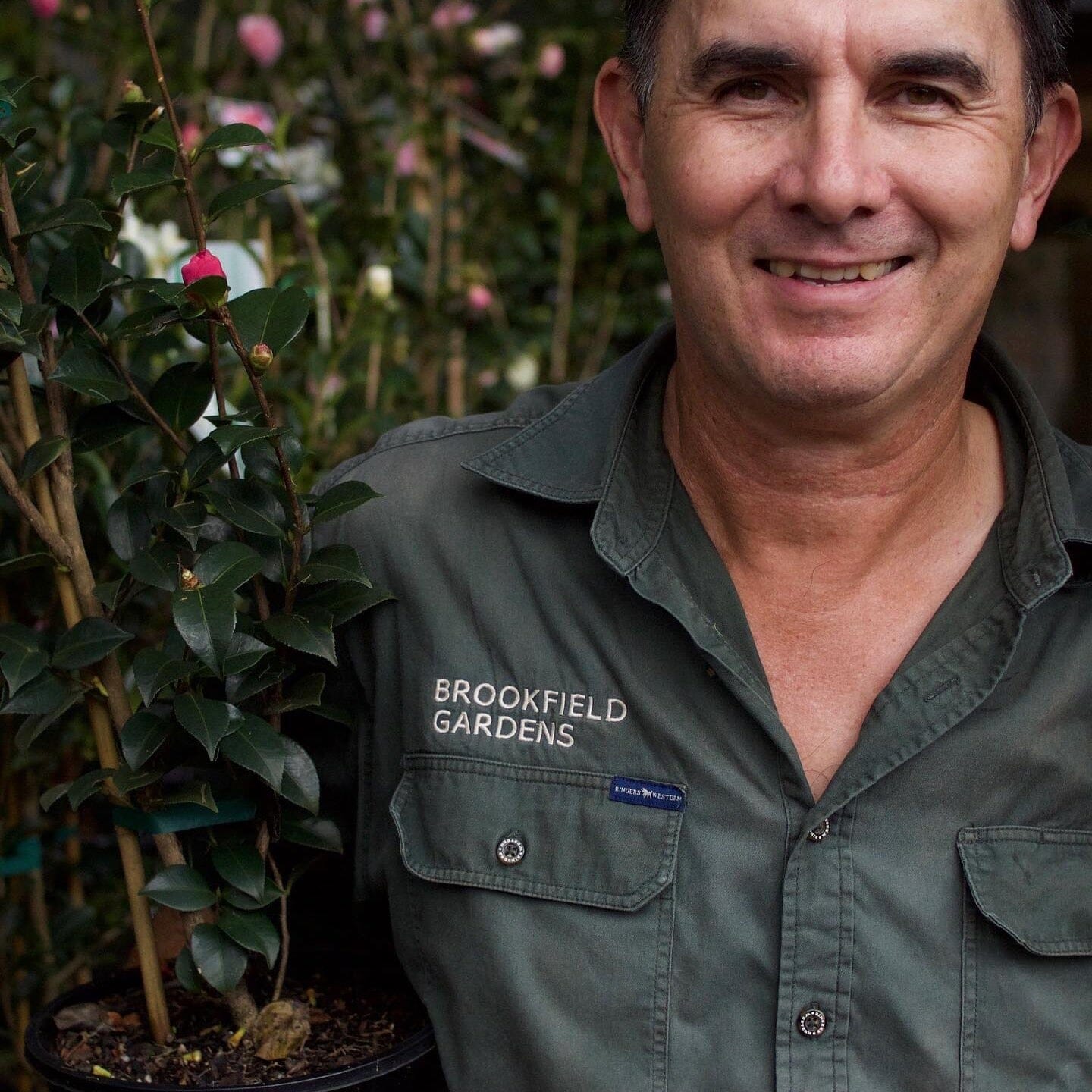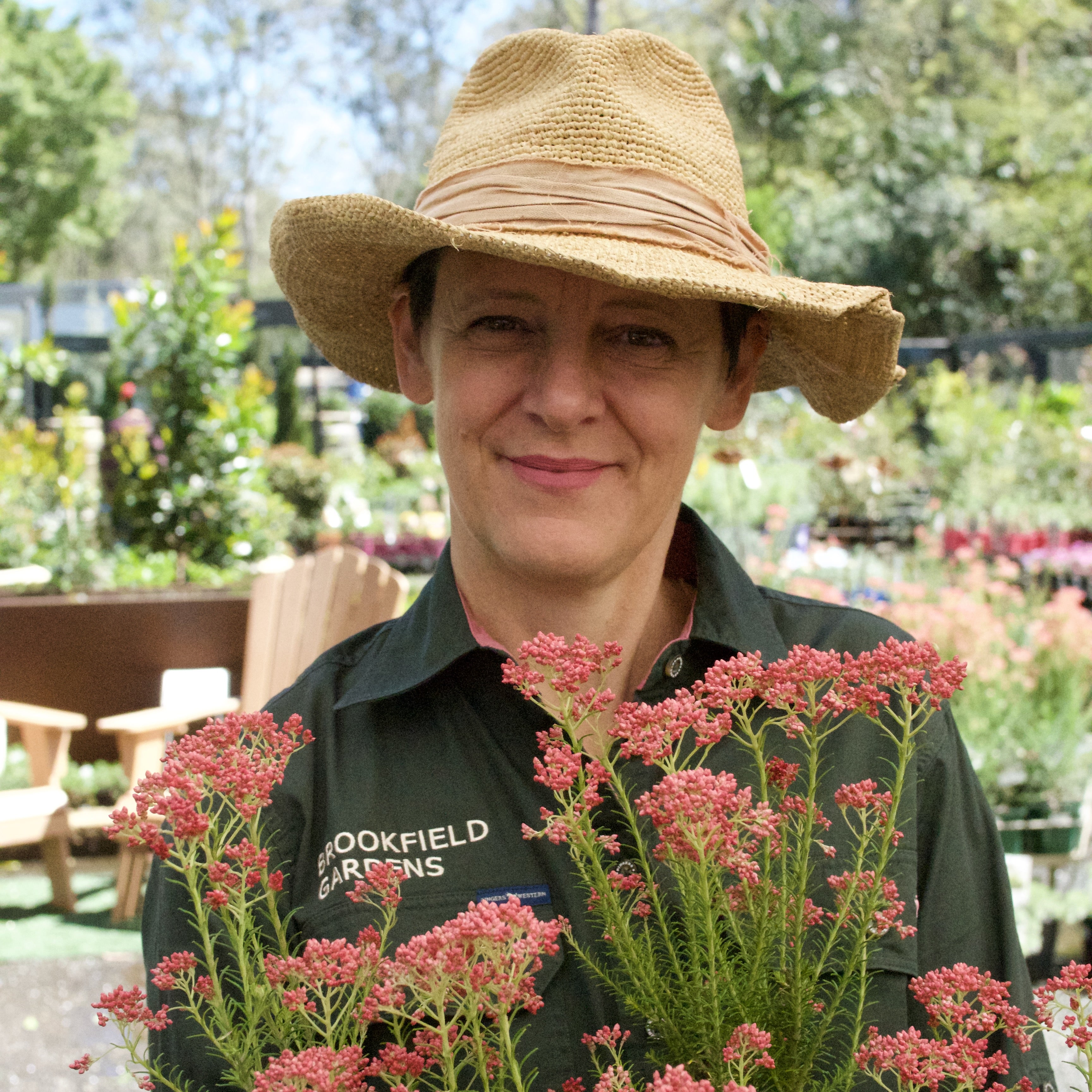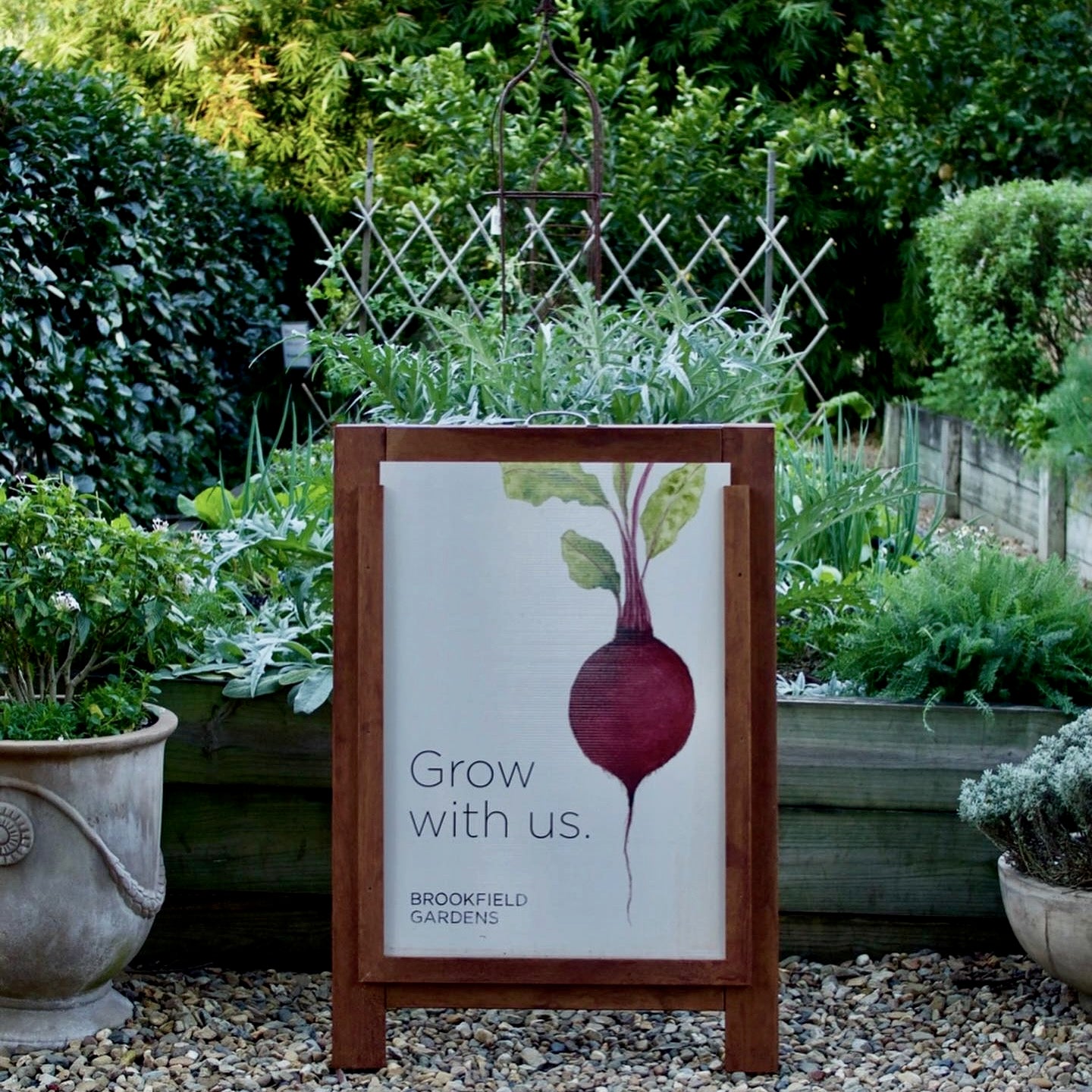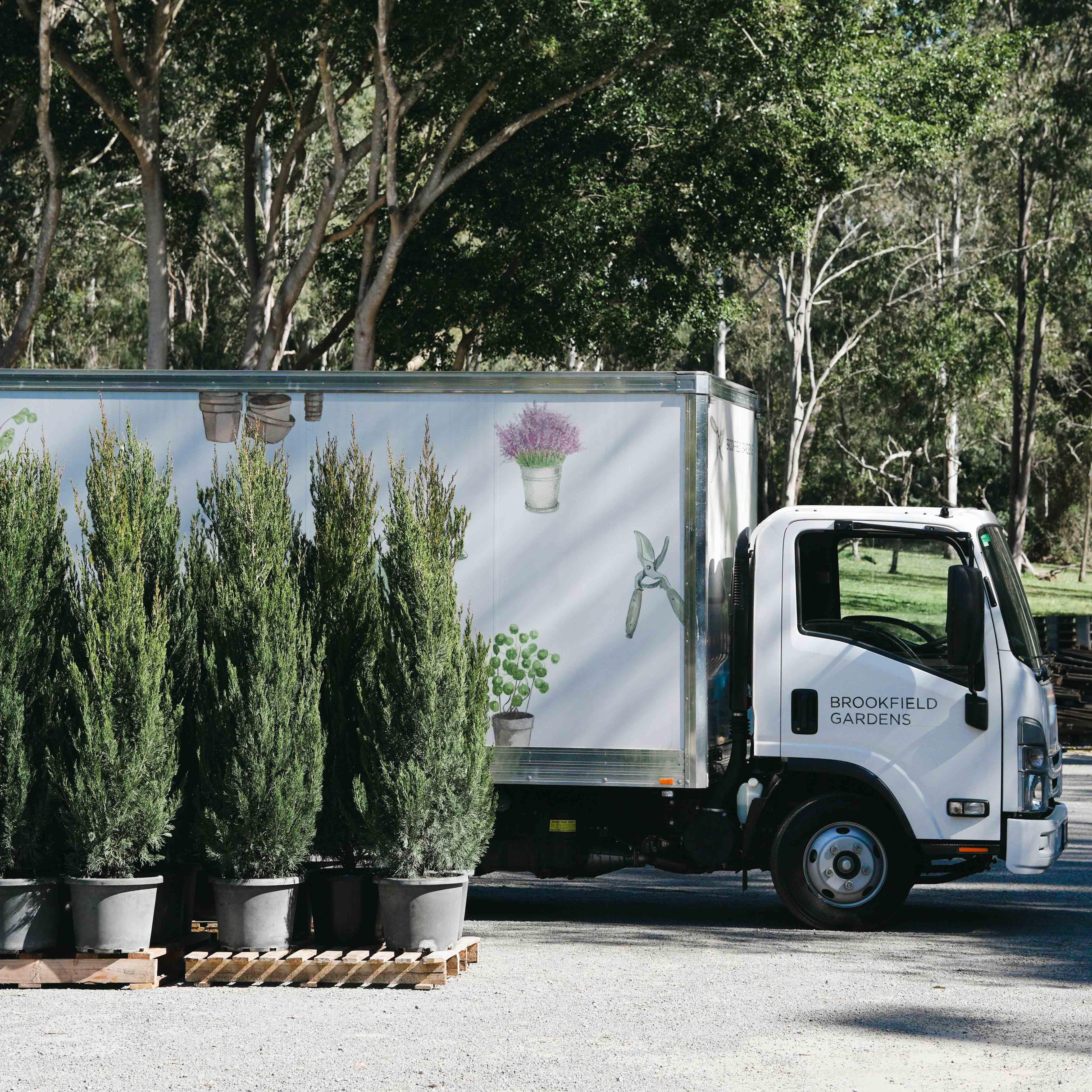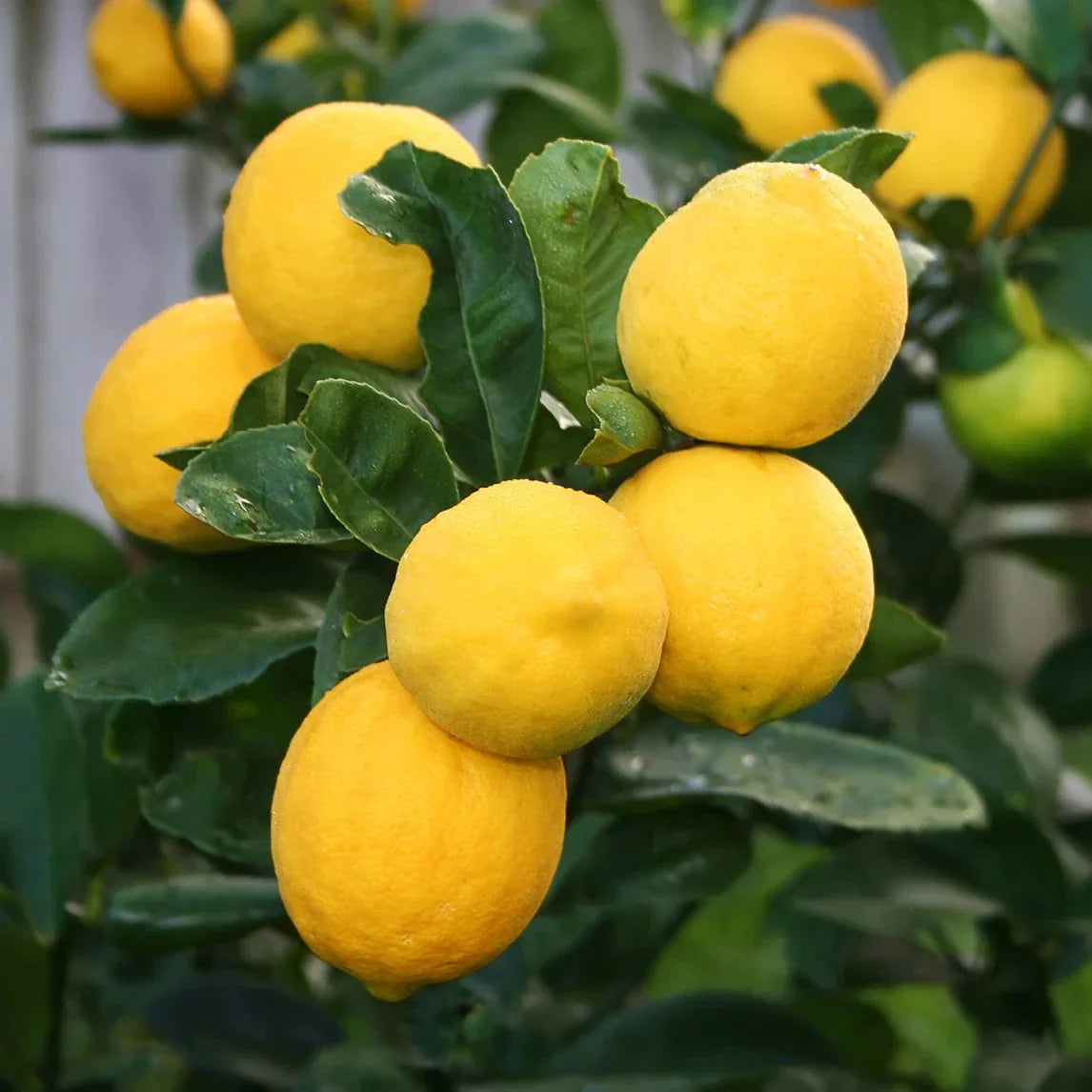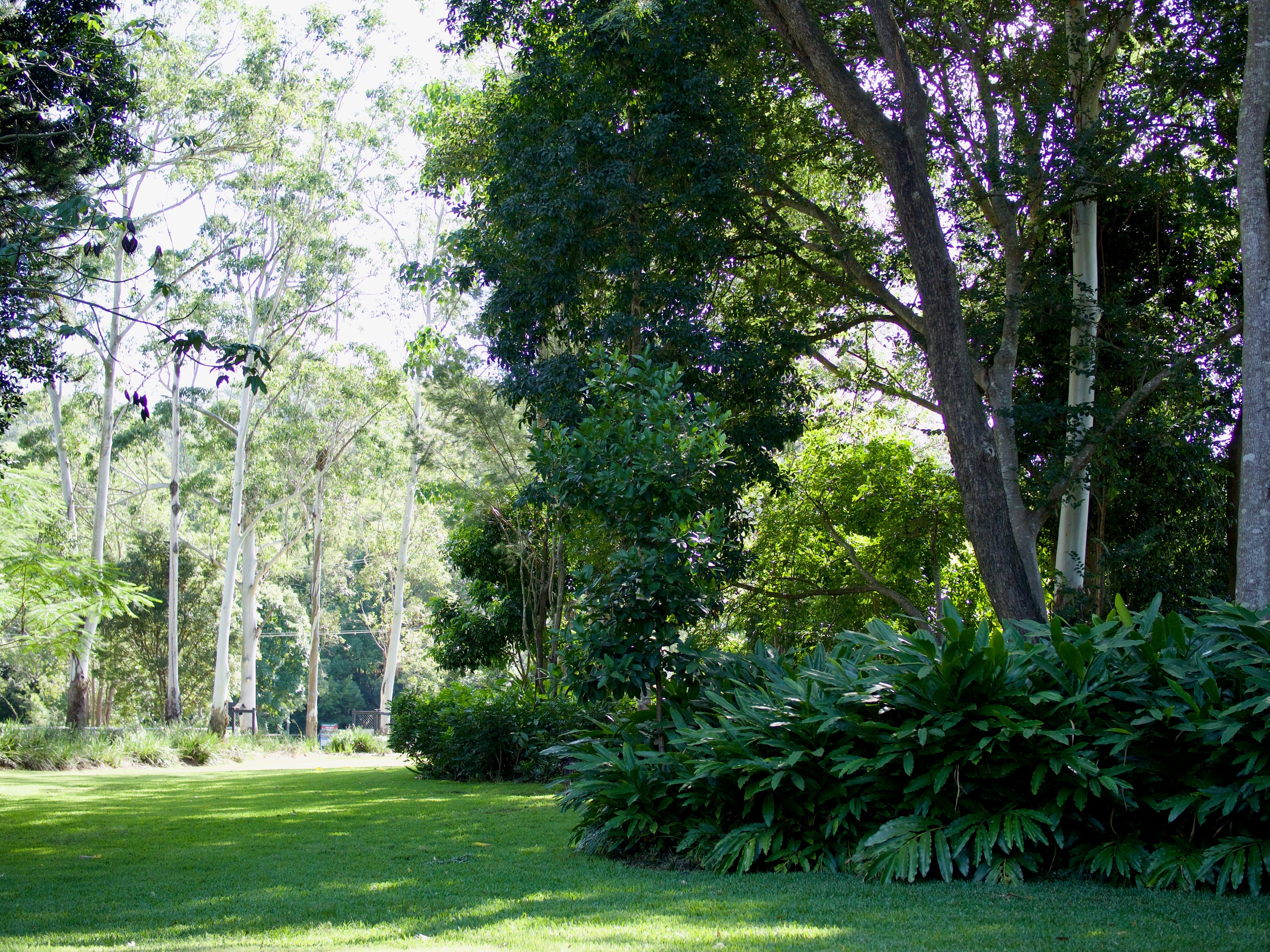Planting Citrus
Selecting a site:
Sunny position with at least 5-6 hours of sunlight, preferably a north or northeast aspect with some protection from wind. Well drained fertile soil. pH level of slightly acidic to neutral (6.0 to 7.0).
Planting your citrus tree:
Dig a hole twice the size of the container, in both width and depth. Add one handful of organic-based fertiliser (Active Grow or Citrus Mix) into the bottom of the hole and thoroughly work it into the soil.
Soak your tree in a diluted seaweed solution (e.g. Seasol) until the bubbles stop; remove from the pot gently teasing the roots out, place in the hole and gently back fill. Check that the graft is well above the soil level without the roots being exposed. Build a small dam slightly wider than the container, which will help keep water from draining away. Mulch well, ensuring that the mulch is kept back about 10cm from the trunk. Give a good water weekly, never allowing the tree to completely dry out.
Feeding Citrus
Your newly planted citrus should not fruit for the first two years that it is in the ground; this means you need to pick off the fruit as it forms.
Citrus should be fed four times a year through the growing season. Generally speaking, this is late August through to late May. Use an organic based fertiliser at a rate of one handful per square metre.
In addition, once a year apply trace elements either in liquid form or as rock dust. Remember to always water in well. In our climate, with a lot of summer rain a twice yearly application of iron chelates helps to stop leaves yellowing and falling off.
Once a month a foliar application of a fish based fertiliser will help, not only to feed through the foliage but help deter sap sucking insects. Remember not to feed your citrus while it’s flowering, as this will increase leaf growth at the expense of the fruit.
Watering Citrus
Citrus have shallow root systems and therefore need even moisture, especially from flower bud formation through to fruit set, this will help to produce juicier fruit. Irregular watering can lead to problems such as fruit splitting. Pay particular attention to watering during early spring to summer as these can be dry months.
Pruning Citrus
For the first few years that your citrus is planted the most important pruning will be to remove any shots that appear below the graft union and to forming a strong well spaced branch network. Remember it is important to remove any fruit for the first two years of growth this helps the tree to produce strong branches to support the fruit later on. This can be done by ‘twisting’ the small fruits off by hand.
Heavy annual pruning of citrus is not necessary, when harvesting fruit always clip it off and at the same time; prune away any twiggy non productive growth.
If the trees are old, remove any dead wood and criss-crossing branches to allow more sunlight and airflow through the tree.
Citrus Problems
Leaf miners are a common pest, a tiny caterpillar that burrows its way through new leaves of citrus and twists the leaves as they mine their way through. If it is particularly bad trim off the damaged leaves and spray the new leaves that grow with Eco-oil every 2 -4 weeks or try using leaf miner traps.
Caterpillars: If you see eggs just remove them or even the caterpillars just pick them off. If they are causing a lot of damage use Dipel.
Gall wasps are noticeable by a lump in the stem. Wasps lay their eggs inside the stem of Citrus and the swelling as caused by the eggs and wasps that form in the stem. Best treatment is to cut off below gall and remove plant parts from your property. Do not compost.
Bronze orange bug, or stink bug. Will cluster on plants and eat stems and cause developing fruit to fall. Pick off if you are game or suck with vacuum cleaner or spray with Eco-oil.
Fruit Fly sting fruit and lay eggs in fruit. Hang fruit flytraps.
Collar rot, soil borne fungus that causes bark tissue to soften and effectively peel away which can eventually kill the plant.
Lemon scab noticeable by browning of fruit caused by a fungus. Protective spray with Copper based fungicide.
Grafted citrus trees
Our supplier of quality grafted citrus trees are grown just across the border in northern NSW using traditional techniques to grow their numerous varieties of citrus trees that we find are superior in quality.
They don't rename existing varieties or grow trees from cuttings. Inventing new names for currently available varieties and marketing them as a new variety is a practice that we don't believe in.
They also don't believe in the growing technique of 'cutting-grown' citrus. This technique creates a tree that in all likelihood has a short life and has poor resistance to pests and disease. Cutting-grown trees do not have the strength of a root-stock base which gives a citrus tree the strength to grow, thrive and survive.
Citrus trees grown from cuttings are a quick method to grow a tree for retail outlets. Most if not, all cutting-grown citrus are existing citrus varieties that have been renamed.
Quality citrus trees are budded/grafted to a rootstock. The ancient techniques of budding or grafting are indisputably the best way to grow a citrus tree. A tree grown this way will ensure a tree that has resistance to pests and diseases and will give fruit for many years. No other techniques are as successful.
